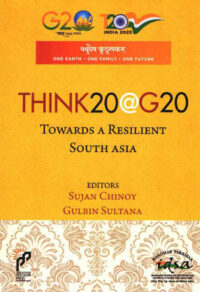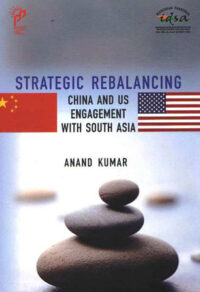Transforming Eastern South Asia: Relevance of BIMSTEC
Of late the Bay of Bengal Initiative for Multi-Sectoral Technical and Economic Cooperation (BIMSTEC) is receiving sincere attention from its member countries as an organisation that has the potential to transform the region’s political and economic future. This is because there are several bilateral and sub-regional ongoing projects that are seeking to connect the region and bind them together into one economic whole. Apart from this, after the cancellation of the SAARC (South Asian Association for Regional Cooperation) summit in 2017, many would see the BIMSTEC as an alternative to SAARC.
Balochistan: On The International Drugs Superhighway
Pakistan’s Balochistan province, which shares borders with Iran and Afghanistan, has quietly functioned as one of the main arteries through which Afghanistan’s massive opium crop reaches the outer world. Six of the nine major drug trafficking routes from Afghanistan transit through Balochistan en route to Iran, Europe, Asia, Africa and North America. Afghanistan’s opium production peaked at 9,000 tons in 2017, on account of the country’s rampant instability and lack of viable options for families to sustain themselves.
The Current and Future State of India–Bangladesh Relations
At the outset, we must remind ourselves that Indo–Bangladesh cooperation began in the battlefield of 1971. As a freedom fighter diplomat, one recalls with deep appreciation and gratitude the whole-hearted support we received from the Government and people of India during the critical days of our nationhood. We pay homage to those brave Indian soldiers who laid down their lives for our independence. We also pay tribute to the valiant war veterans who fought with us in our War of Independence.
India–Bangladesh Relations: An Indian Perspective
The people of India and Bangladesh share close and multi-faceted socio-cultural, religious and linguistic ties spanning centuries. The two countries share the same values of secularism, pluralism and democracy, and the distinct honour of having their national anthem written by the same person—Kabiguru Rabindranath Tagore. Bangladesh Jatiyo Kabi Nazrul, Sarat Chandra Chattopadhyay, Lalon Fakir, etc., are revered on both sides of the border. Their influence transcends political boundaries and inspires people in both countries.
Transformation of Indo-Bangladesh Relations: From Insecurity to Cooperation in Northeast India
Bangladesh and India are enjoying increasingly close relations in the latter’s northeastern region. This represents a transformation in the two countries’ past relationship, which was characterised by suspicion, distrust and insecurity. This recent change, which began with the arrival of Bangladesh’s current regime in 2009, has resulted in a sense of cooperation, mutual interest and connectivity. This article aims to explain this transformation.
The Challenges and Opportunities of a Negotiated Settlement in Afghanistan
For the last 15 years, the war in Afghanistan has caused hundreds of thousands of deaths and the United States has sent thousands of troops and spent billions of dollars supporting strategies that have been unable to curtail the violence in the country. In addition to deploying over 130,000 troops from 51 North Atlantic Treaty Organization (NATO) countries and its partner nations, the United States alone spent over $686 billion in the ‘Afghan war’.
What are India, Iran, and Afghanistan’s Benefits from the Chabahar Port Agreement?
Over the last decade we have seen a race to build ports in the Indian Ocean as the two Asian powerhouses, China and India, compete to assert their regional influence. The newest addition to this power struggle is the Chabahar Port, located in Chabahar, a coastal town in the Sistan–Baluchistan region in south-eastern Iran, next to the Gulf of Oman, and at the mouth of the Strait of Hormuz (Figure 1). Its strategic importance and economic value have drawn attention from many countries; however, India was the quickest to secure a deal to develop the port.

















